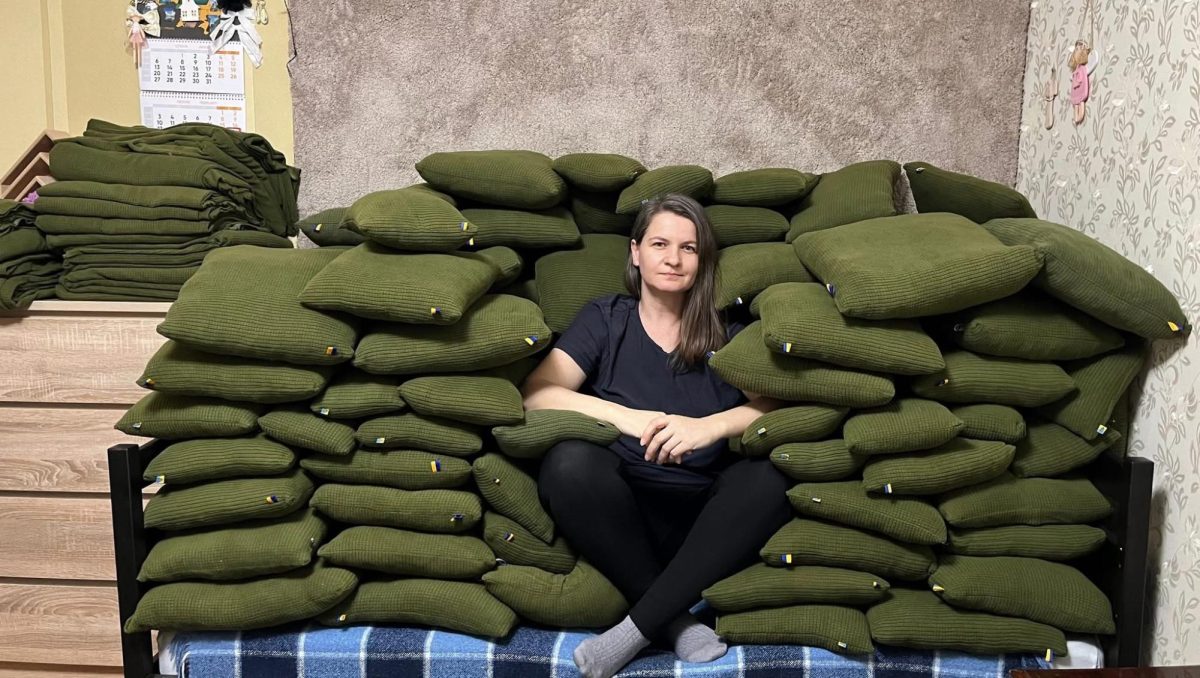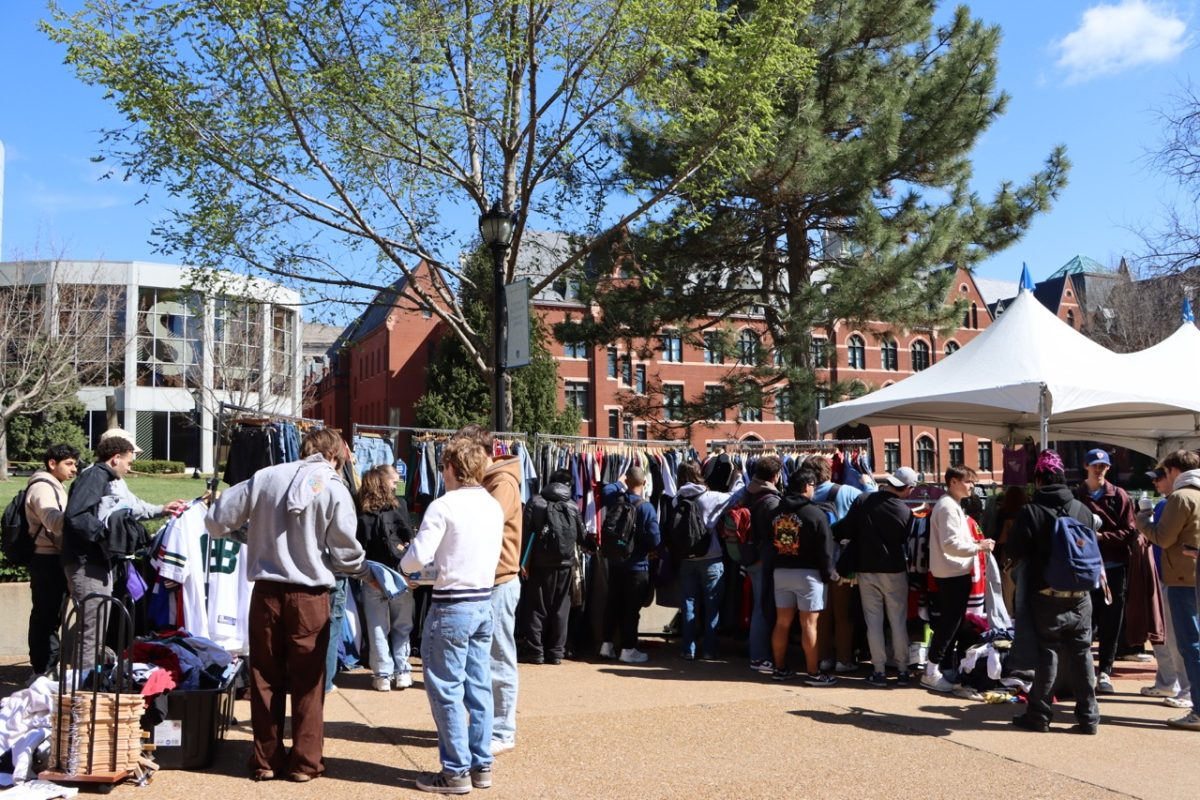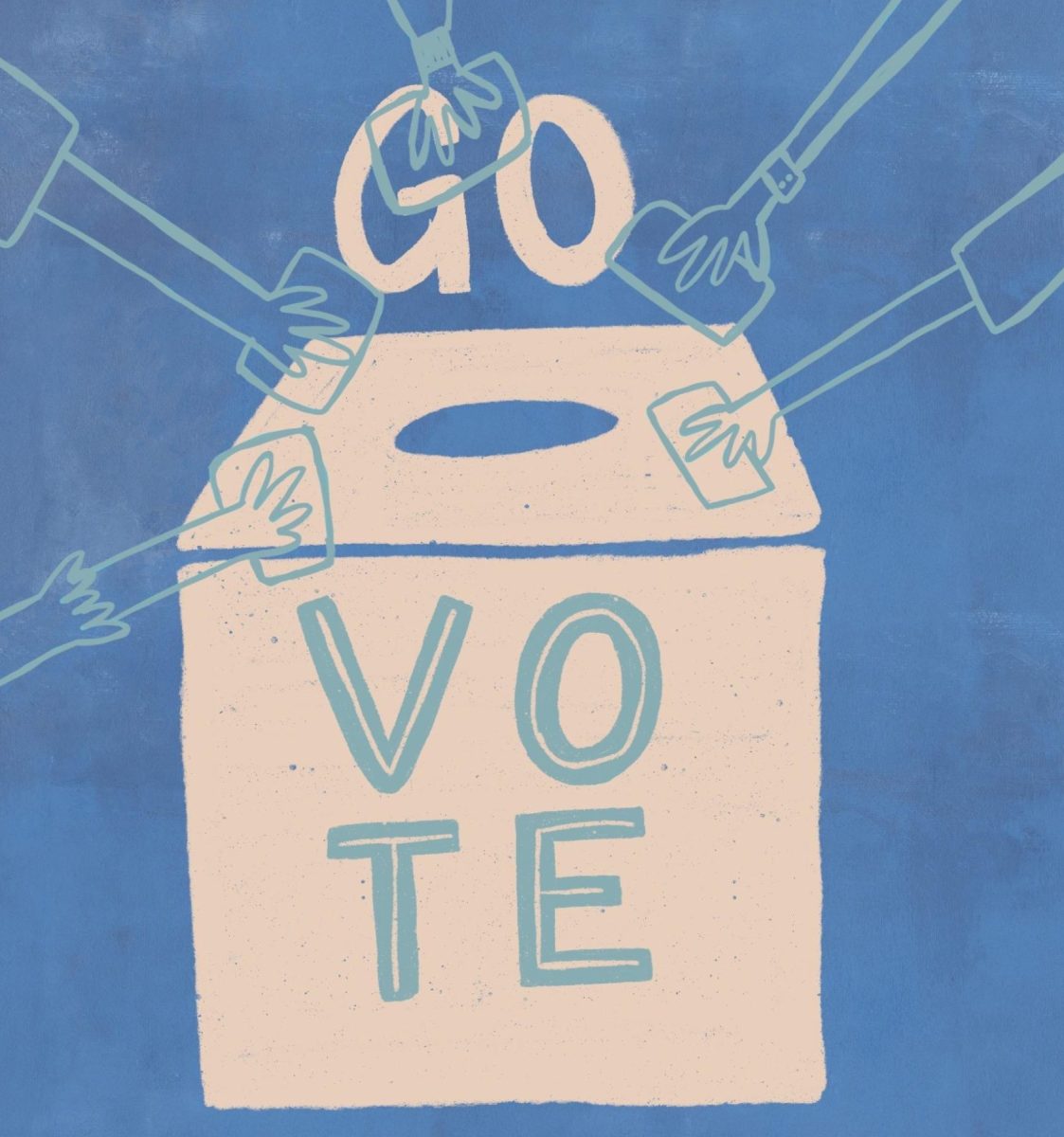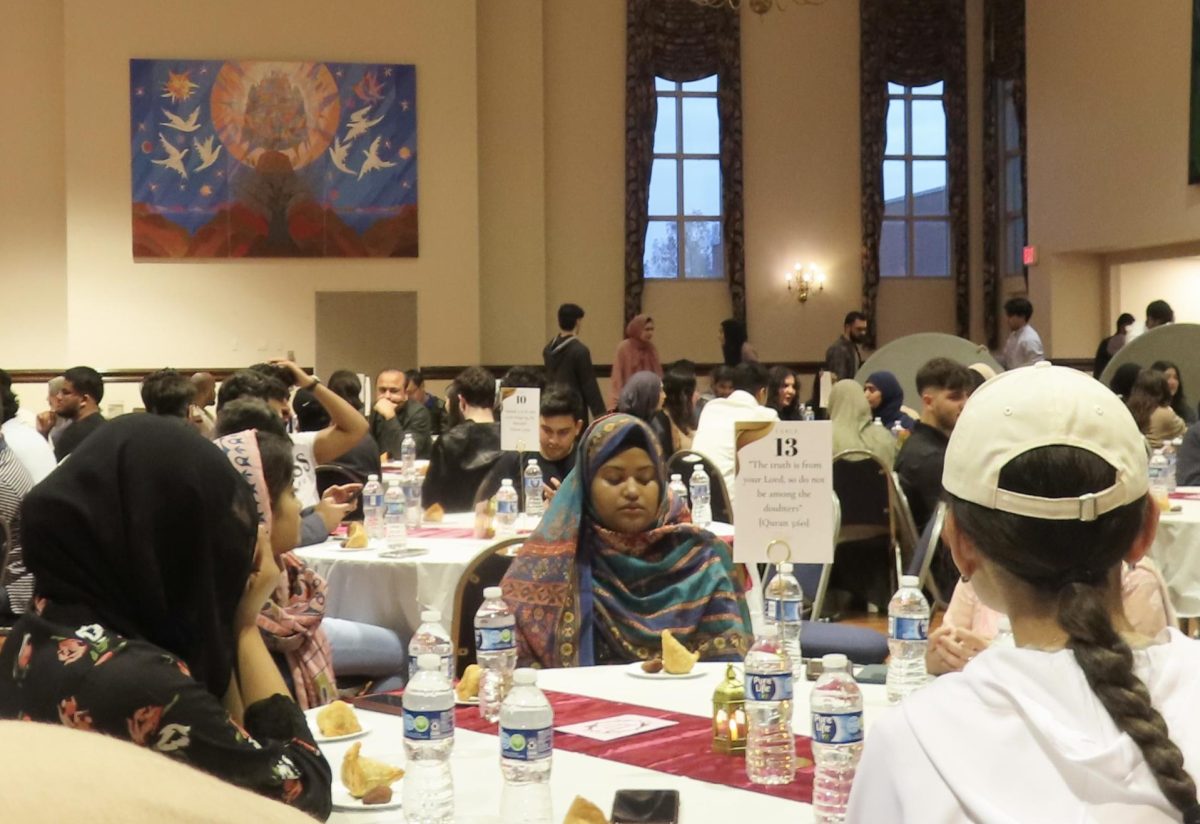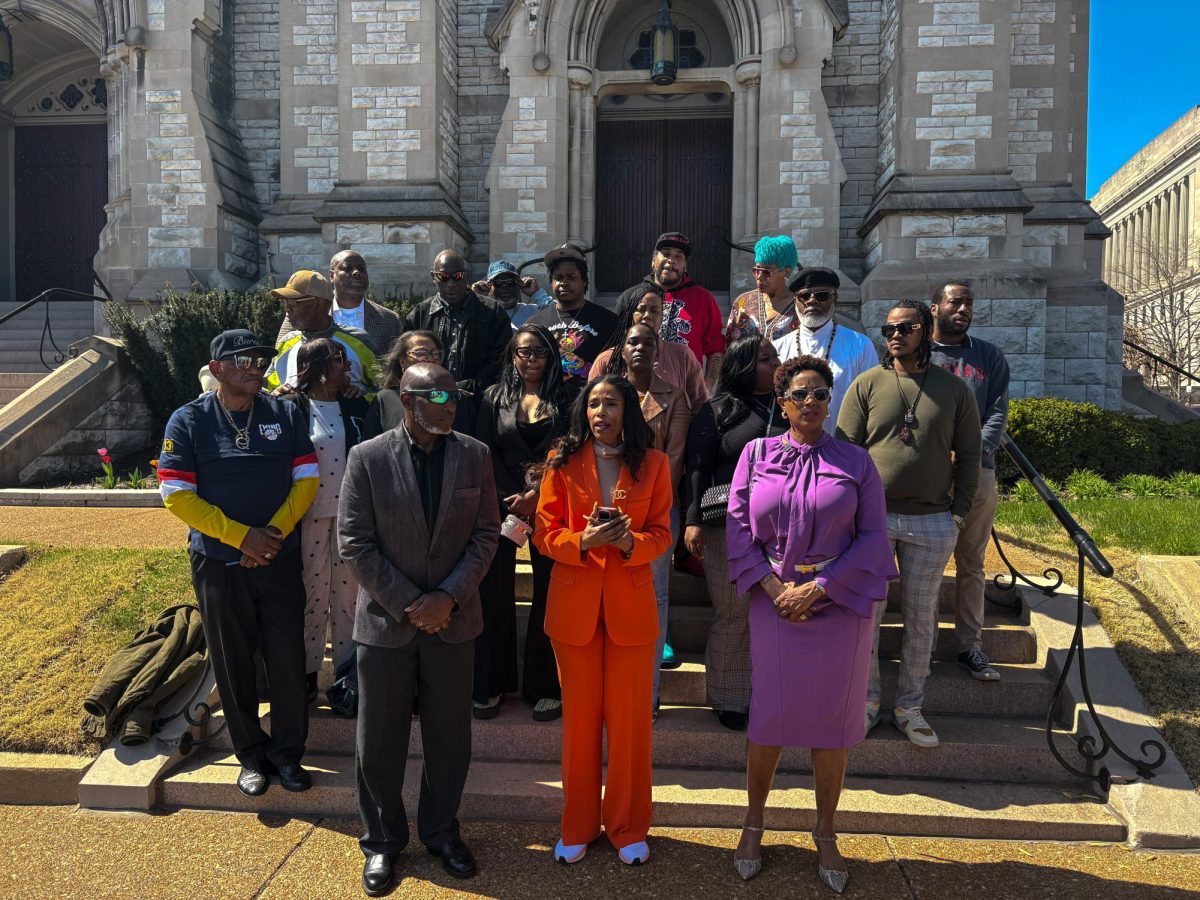Think “VIP” and images of red carpets, limos and very important people, as the acronym suggests, come to mind. What does not come to mind are images of barbed wire, metal bars, hardened wardens and inmates. To a few students, however, prisoners are VIPs.
Having formed its name on the philosophy that incarcerated persons are important people, the Video In Prison (VIP) project is a new student-led initiative that will work harmoniously with the on-going College In Prison Program (CIPP).
The VIP project encourages students to record events such as professor lectures and guest presentations.
“It’s easy for students to get involved,” Amelia Blanton, co-founder of the VIP project, said. “Simply attend an event you are already planning on attending, record the event and then return the camera.”
The video recordings will then be edited and sent off to the Bonne Terre prison, in Bonne Terre, Mo., the prison at which Saint Louis University’s CIPP is taking place.
In addition to the CIPP, the VIP project will offer the prisoners opportunities to further their knowledge, some of whom are working toward college degrees.
“Part of the college experience is, yes, going to classes, which a group of the incarcerated men are able to do, but you also think of the lectures you have to go to,” Blanton said.
Not only will the VIP recordings offer the incarcerated persons in Bonne Terre prison an opportunity to further their knowledge, but it will also provide an aid to fill the growing void between education in the classroom and out said William Otto, another co-founder of the project.
“The goal is to fill that void and provide them with some academic stimulation that we get inside of the classroom so that they can get that out of the classroom,” Blanton said.
Mary Gould, Ph.D., professor in the communication department and faculty mentor to the VIP project, said that this project will not only bring material to the prison, but it will also bring dialogue to the SLU campus.
“We talk about education in the prison system, but education has to take place here as well,” Gould said. “We must educate ourselves about the prison system to fully understand the situation.”
Through dialogue, the VIP project and those involved hope to form a connection.
“We wanted to be able to bring what was happening on (SLU’s) campus to the Bonne Terre campus in a sense of solidarity between the two campuses,” Blanton said.
Though the VIP and CIPP initiatives aim to help bring education to the incarcerated persons, some may wonder: Why should students care about education individuals who committed a crime?
“We have a collective responsibility to each other,” Kenneth Parker,Ph.D., director of SLU CIPP, said. “For us as a Jesuit, Catholic university, it is impossible to ignore [the incarcerated persons].”
Blanton and Otto both agree that the dedication and the thirst for knowledge the men of Bonne Terre prison express is astounding.
“Those guys, they’re brilliant,” Blanton said.
Otto said that the VIP project is important because too often do people simply disregard the humanity of those in the prison system.
“It’s very easy to say they’ve made a poor decision, they’ve done something wrong, but you also need to ask how did society fail them,” Otto said. “Not everyone grows up wanting to be a drug dealer, but sometimes that is the only choice. We’ve failed them once. It’s not fair to condemn them because they haven’t received the same opportunities everyone else has.”
Blanton said she does not know what any of the men did to be involved with the prison system, and she does not want to know. To her, that factor is not important; instead Blanton said it crucial for SLU students to truly think about their privilege to be here.
“Not only can you make a difference for someone by simply recording a video, but it’s also about coming to realize our privilege as SLU students, taking that privilege and saying ‘How can I use it to help someone?’,” Blanton said.
“You can make a difference in a real simple way by doing twenty seconds of work,” Otto said. “Thirty seconds, if you have trouble with the camera.”




